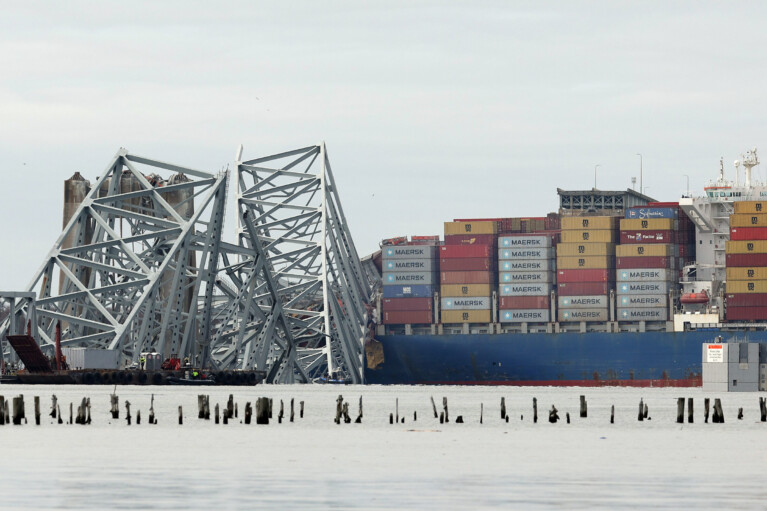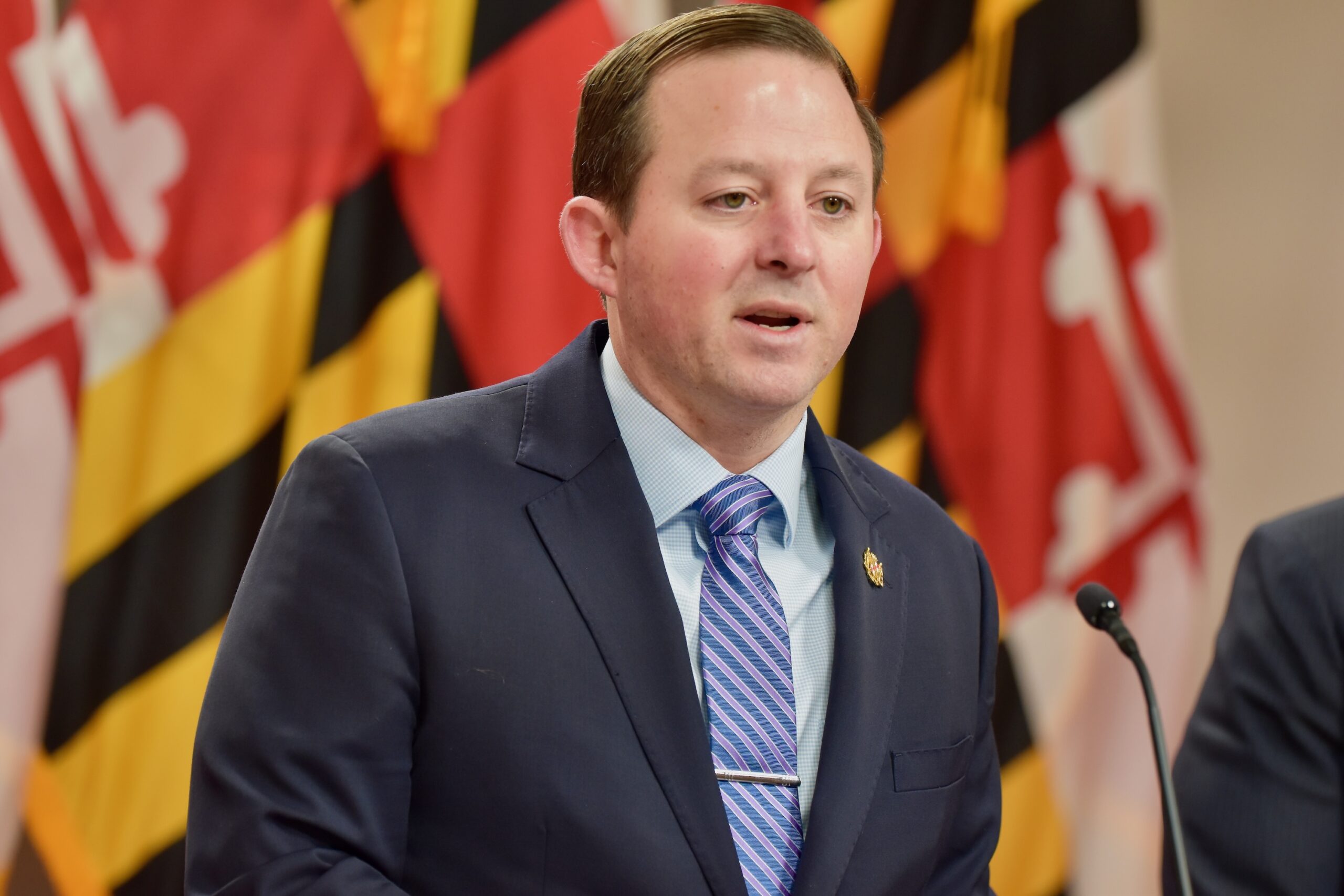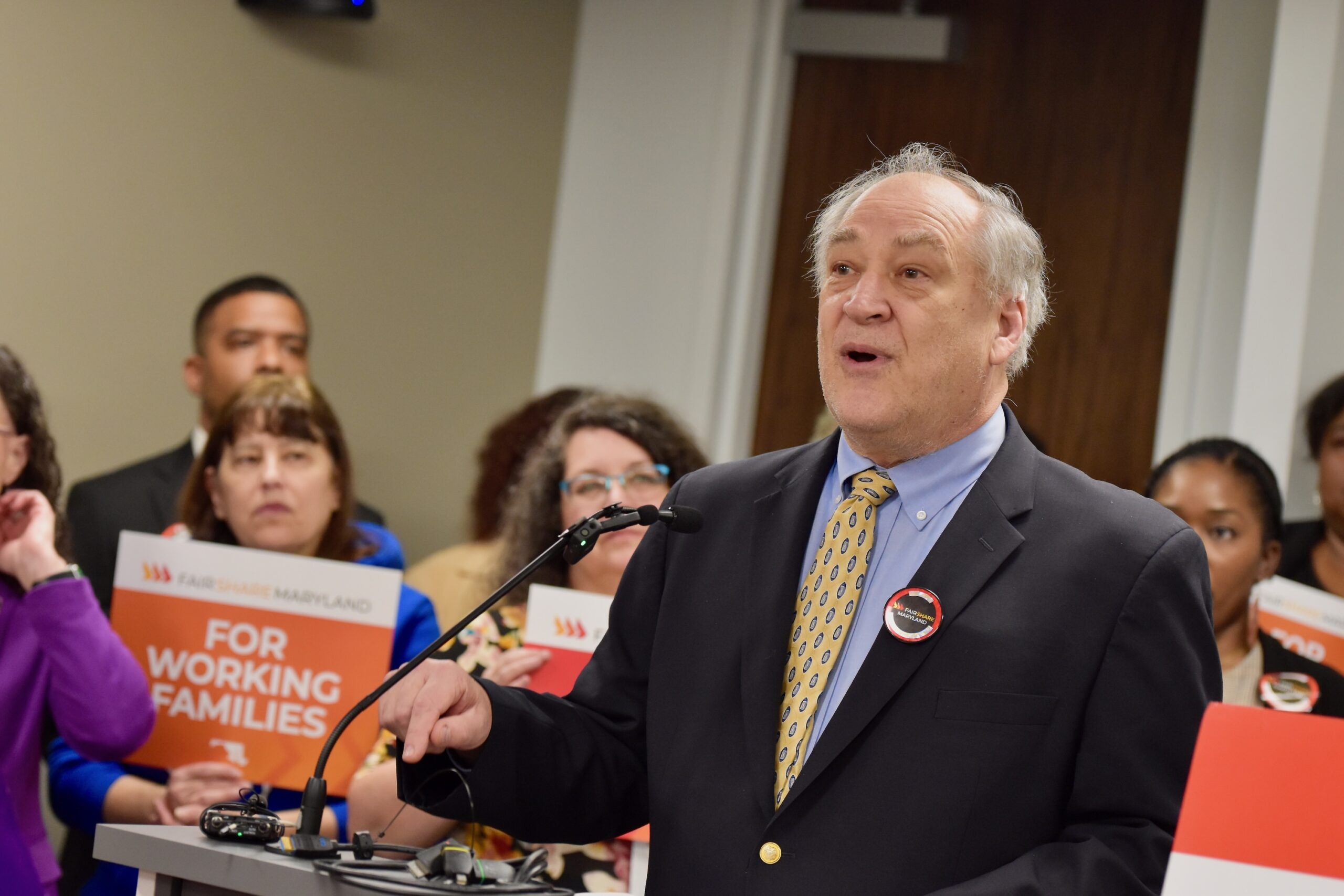Opinion: Baltimore Region Headed Wrong Way on Transportation Challenges

This is a pivotal year in the United States. It’s becoming clear that the status quo across so many areas is not working.
Health care, systemic racism, criminal justice and the environment are undergoing profound disruption and change. Transportation also has to be a part of that change.
Transportation continues to be the number one source of greenhouse gas emissions and transportation decisions have far-reaching consequences on who has access to opportunity.
Yet, in the next four years, the Baltimore Regional Transportation Board (BRTB) — the region’s planning organization and official conduit for federal transportation funding — proposes to spend over $1.3 billion on widening highways and only $2 million on new transit.
That’s 650 times as much on new fossil fuel infrastructure as on transit.
The BRTB’s latest Transportation Improvement Program (TIP) proposal is a catalogue of misplaced priorities and a head-in-the-sand denial of interwoven crises facing our state and world. Its spending priorities are ineffective, inequitable, and environmentally unsustainable.
Ineffective
The largest category of spending in the board’s proposal is for highway capacity projects that are supposed to “fix congestion” but won’t. Study after study has found that expanding road capacity doesn’t relieve congestion because people will drive more and fill the roads.
Between 1982 and 2011, the Baltimore region increased highway capacity to 1,561 lane miles — a 76% increase, according to a Central Maryland Transportation Alliance analysis of data from the Texas Transportation Institute. During that time, the region’s population grew from 1.7 million to 2.5 million – a 48% increase.
Freeway expansion far outpaced population growth, but congestion got worse. Congested lane miles increased from 31% to 58% and the annual hours of delay per auto commuter more than quadrupled–from nine hours a year to 41 hours a year.
The annual cost of congestion increased from $96 million per year to $1.5 billion per year. And U.S. Census Bureau data show that, at least until a pandemic-driven increase in telecommuting, the average commute time in Maryland has continued to increase each year.
Why? Because more lane miles, and the accompanying auto-dependent development, meant people drove more. And we haven’t provided many other transportation choices. In the Baltimore region, the Maryland Transit Administration hasn’t built any new high-quality, rapid transit since the Light Rail opened a generation ago.
Inequitable and Unsustainable
Investments in transportation don’t impact all populations equally. The board’s proposed lopsided investments in widening highways will disproportionately improve mobility for higher income people and those with private automobiles.
According to studies from the University of Minnesota’s Accessibility Observatory, residents of the Baltimore region can get to any job in the region in less than an hour by automobile. By transit, however, residents can reach only about 11% of jobs in the region in less than an hour.
Investments that the board has proposed will exacerbate patterns which have left neighborhoods cut off from economic opportunity. And widening highways while shortchanging investment in public transportation doesn’t meet the challenge of climate change.
As transportation policy expert Yonah Freemark puts it, “ceasing the continuing expansion of the highway and roads network is essential to any effort to reduce the carbon footprint of transportation which is now the single largest contributor to America’s greenhouse gas emissions.” Adding lane miles and capacity for cars will result in increased tailpipe emissions–currently the largest source of air pollution in Maryland. Adding lane miles will encourage auto-dependent development that will convert more farms and natural lands to asphalt and buildings, causing more runoff into the Chesapeake Bay. It’s a cycle.
Change is Possible
The BRTB has an opportunity to change course toward a cleaner, more equitable transportation future. Many of its members have expressed a desire to do so. Baltimore County Executive John A. Olszewski Jr. (D) has stated priorities for “building robust public transportation and infrastructure” and “promoting smarter development.” Howard County Executive Calvin Ball (D) wants to “increase accessibility through a truly multi-modal transportation system” and to alleviate traffic and protect our environment “by reducing the number of cars on our roads.” Anne Arundel County Executive Steuart Pittman Jr. (D) recognizes the importance of the Central Maryland Regional Transit Plan and promises to “be at the forefront of transportation planning that focuses on moving people rather than cars.”
These statements from voting members of the board represent commitments to a cleaner, more balanced transportation future, but unless they put resources behind these sentiments, it won’t happen.
We are in deep transportation trouble in the Baltimore region, with a transit system that breaks down more often than just about every transit system in the country, rising commute times, persistently poor air quality and neighborhoods cut off from economic opportunity.
The vast majority of the highway spending in the draft TIP is on two projects already underway (the I-95 Express Toll Lane Extensions and I-695 widening) and those may be impractical to cancel.
But spending $45 million, mostly on design, for five new highway capacity projects can be canceled.
The board should remove those five new highway capacity projects and redirect funds toward such needs as MTA’s $1.5 billion backlog of deferred maintenance, making sidewalks near bus stops and train stations accessible for folks with disabilities and completing bicycle trails.
Canceling these projects is not some radical change – it’s a drop in the bucket. If there was ever a time to put a pause on highway expansion, now is it. Our leaders decide whether we spend that money in ways that repair the damage caused by decades of racism, pollution, and inequity, or in ways that just keep digging a deeper hole.
It’s time to make a down payment on change.
— ERIC NORTON
The writer is director of policy and programs for the Central Maryland Transportation Alliance.




 Creative Commons Attribution
Creative Commons Attribution